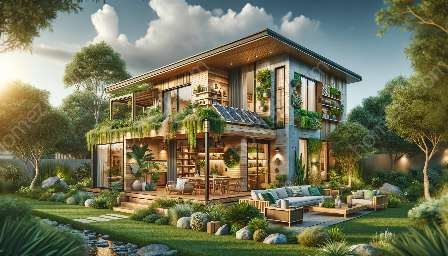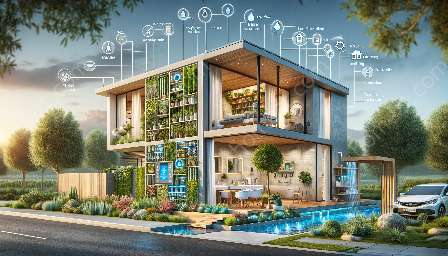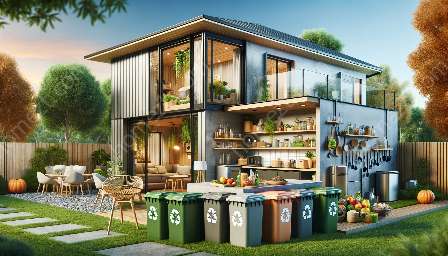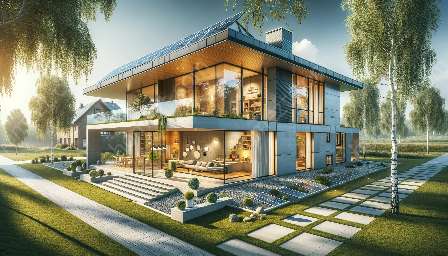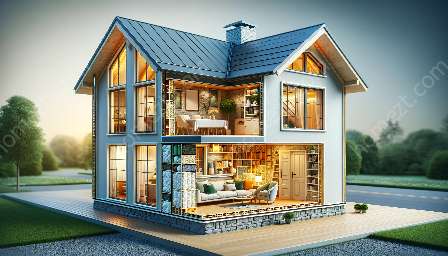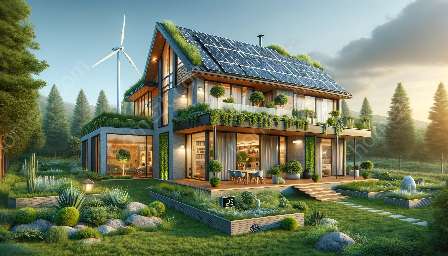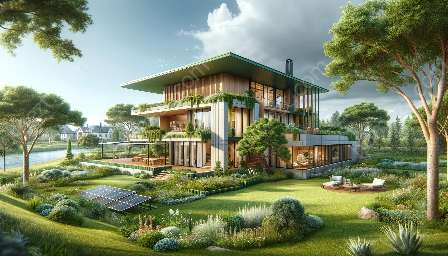As the world seeks sustainable energy solutions, alternative energy sources have gained popularity for their compatibility with green homes. In this comprehensive guide, we'll explore various alternative energy options and how they can be incorporated into homes for a more sustainable lifestyle.
Understanding Alternative Energy Sources
Alternative energy sources, also known as renewable energy, are derived from naturally replenished resources that are virtually inexhaustible. Unlike traditional fossil fuels, alternative energy sources have minimal impact on the environment and offer long-term sustainability.
Types of Alternative Energy Sources
There are several types of alternative energy sources, including:
- Solar Energy: Solar panels harness the power of the sun to generate electricity and heat water for residential use.
- Wind Energy: Wind turbines convert the kinetic energy of the wind into electrical power.
- Hydroelectric Power: It utilizes the energy of flowing water to generate electricity, often through the use of dams and turbines.
- Bioenergy: Biomass and biofuels derived from organic materials are used to produce heat and electricity.
- Geothermal Energy: Heat from the Earth's core is harnessed to generate electricity and provide heating and cooling systems for homes.
- Hydrogen Energy: Hydrogen, when produced through renewable methods, can serve as a clean energy source for various applications.
Compatibility with Green Homes
Green homes are designed and built with a focus on sustainability, energy efficiency, and environmental friendliness. Alternative energy sources align perfectly with the principles of green homes, as they offer clean, renewable energy that reduces carbon emissions and minimizes ecological impact.
Benefits of Alternative Energy in Green Homes
Integrating alternative energy sources in green homes offers numerous benefits, including:
- Reduced Environmental Footprint: Alternative energy minimizes reliance on fossil fuels, resulting in lower greenhouse gas emissions and environmental impact.
- Energy Cost Savings: Renewable energy sources can lead to significant long-term cost savings on energy bills, making green homes more affordable to operate.
- Energy Independence: Green homes powered by alternative energy are less susceptible to fluctuations in energy costs and supply, providing greater energy independence.
- Increased Property Value: Green homes equipped with alternative energy systems often command higher resale values and appeal to environmentally conscious buyers.
Implementing Alternative Energy Sources in Your Home
For homeowners looking to incorporate alternative energy sources into their homes, several options are available:
Solar Panels
Installing solar panels on the roof can harness solar energy to power home electrical systems and heat water. Additionally, solar shingles offer a seamless and aesthetically pleasing integration of solar energy into the home's exterior.
Wind Turbines
For properties with ample wind resources, wind turbines can be installed to generate electricity. This option is particularly suitable for rural and open areas.
Geothermal Heat Pumps
Geothermal heat pumps utilize the stable temperature of the earth to provide efficient heating, cooling, and hot water for homes. They offer a sustainable and cost-effective alternative to traditional heating and cooling systems.
Biomass Heating Systems
Biomass heating systems utilize organic materials, such as wood pellets and agricultural waste, to provide space heating and hot water. They are a viable option for homeowners in rural areas with access to sustainable biomass fuel sources.
The Future of Alternative Energy and Green Homes
The integration of alternative energy sources into green homes is at the forefront of sustainable living. Advancements in technology and increasing environmental consciousness are driving the continued development and adoption of alternative energy solutions, making them an integral part of the future of residential living.
Conclusion
Alternative energy sources offer environmentally friendly and sustainable solutions for powering homes. When integrated into green homes, they not only reduce ecological impact but also contribute to energy independence and cost savings. By embracing alternative energy sources, homeowners can play a pivotal role in promoting a greener and more sustainable future.

